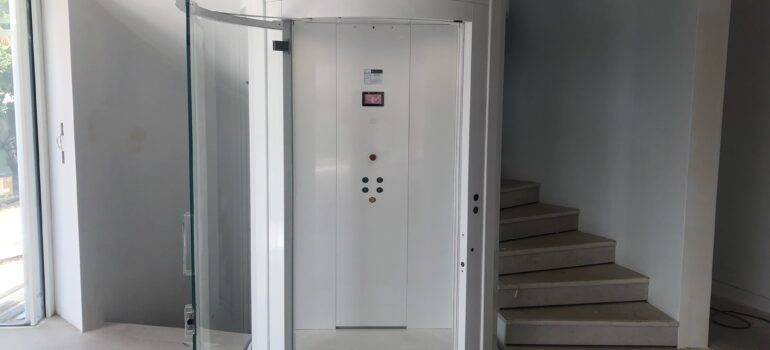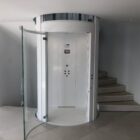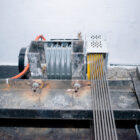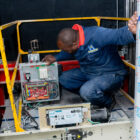CHOOSING THE APPROPRIATE HOME LIFT PRODUCT.
What lift is best for you…? What are your needs…? Our lift specialists are a great resource to help you choose the right product.
They will help you understand your needs to determine which product would be the most helpful and the best fit to be installed in your home.
Below are some of the things our lift specialist will help you consider.
Needs/Wants.
What are the needs of the people/person needing the lift? Once this is established our lift specialist can share with you available options to fit those needs.
Safety.
Safety is paramount when it comes to the design and accessibility of equipment. Find out about the standard features of the equipment you are considering and assess which optional features may be available to fit your specific needs.
Installation Requirements.
Some accessibility products may require modifications to be made to your home. Some may be minor changes while others may be more complex and require a contractor’s assistance. Also, space and aesthetics may play an important role in which product you choose.
Price.
There is a wide range of prices in accessibility equipment to fit different sized budgets. Some devices may be eligible for tax breaks, subsidies, rental programs or special payment options. Your lift specialist can aid in these types of financial solutions while addressing your needs.
Warranty.
Manufacturers including our partner (Fuji Yida ) offer a guarantee on their equipment. Some manufacturers offer a longer warranty than others, while some restrict their warranty to only certain parts.
Maintenance and Service.
It is very important to regularly maintain your equipment to ensure it runs smoothly and safely for many years. Inquire as to what the maintenance requirements are for the equipment you are considering. HomeLift has a team of trained service technicians. All products offer a FREE maintenance visit within one year of purchasing your equipment.
Call our office at +254 788 975 445, 020 521 8989 and make an appointment for a FREE in-home assessment with one of our lift specialists. Our sales and service technician team have over 15 years of combined experience in the elevator/accessibility industry.






